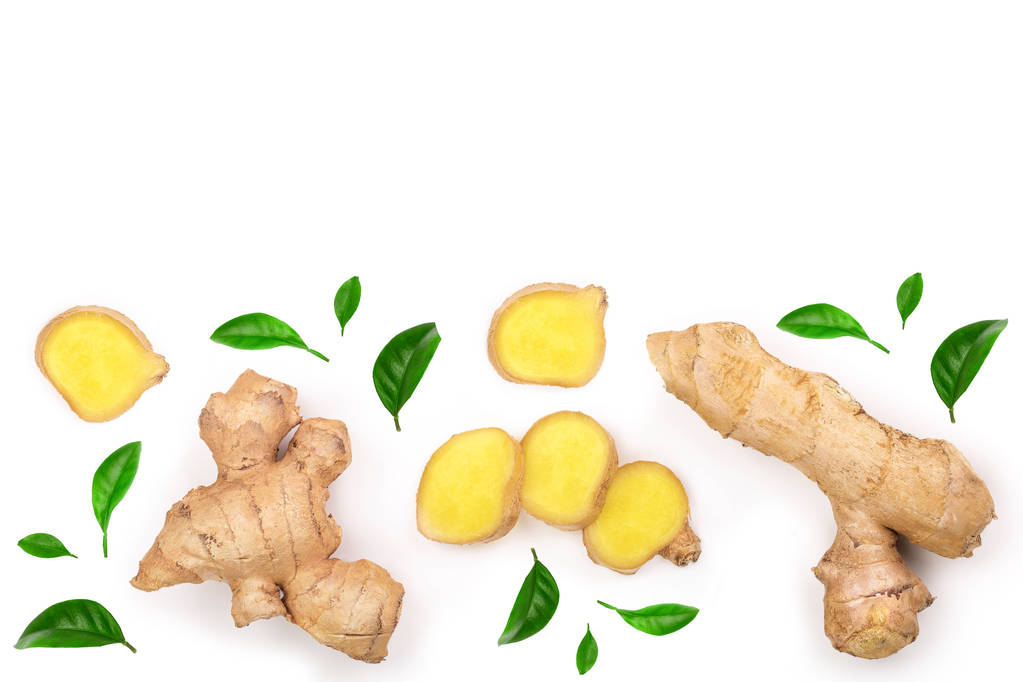Peeling ginger is only necessary if it is a bit older or not from organic farming. On this page we will show you why this is the case and how best to remove the shell.
Peel ginger: when is it necessary and when not?
Ginger is considered antibacterial and anti-inflammatory. But most of the active ingredients are located directly under the shell. For this reason, it makes sense not to peel the ginger but to process it directly. For example, cut it into small pieces and make your own ginger tea from it.
You don’t have to peel fresh organic ginger. The organic seal guarantees that the ginger has not been treated with synthetic chemical pesticides. Nevertheless, you should wash it thoroughly and clean it with a vegetable brush.
If the ginger is a bit older, you should remove the peel. It often tastes woody, and that flavor can carry over into the food, tea, or soda.
If the tuber comes from conventional agriculture, you should also peel the ginger. It was probably treated with pesticides.
You can also plant ginger yourself. It’s worth it, for example, if the ginger sprout or you can’t use everything.
Remove the ginger peel – instructions

Removing the peel from the ginger is often not that easy. Because the shape of the ginger, the leaf scars and the many outgrowths make it difficult to peel. How to do it anyway:
The easiest way to peel ginger is with a vegetable peeler. First you save excesses and then peel them off with a normal kitchen knife.
If you prefer to grab the kitchen knife right away, just use it to scrape off the skin. With fresh ginger, the skin is very thin and the flesh of the ginger is hard. Therefore, scraping goes without problems.
Even suitable for children: You can also easily remove the soft, thin shell with a teaspoon. Hold the spoon firmly and simply scrape the edge over the surface. The skin peels off like this, you can get into all the difficult spots and on top of that you only have very little section. So there is no risk of injury here.

